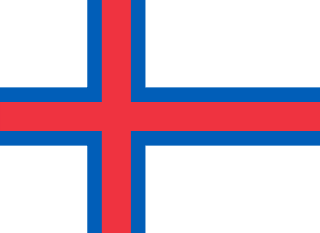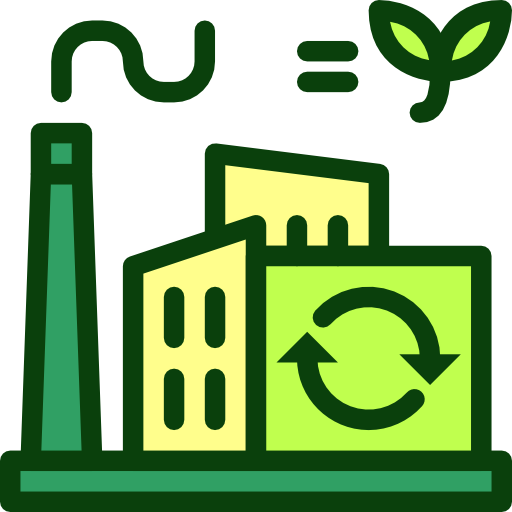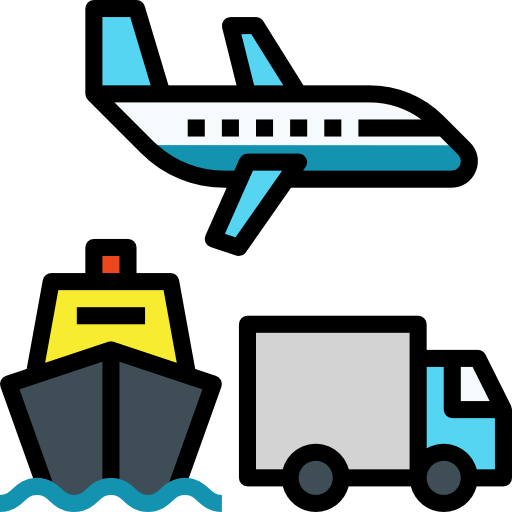Faroe Islands - Environment

As far as the environment of Faroe Islands is concerned, there have been . As for nvironment - international agreements, we have; .
About the environment of Faroe Islands
| Climate | We have mild winters, cool summers; usually overcast; foggy, windy |
|---|---|
| Revenue from forest resources | |
| Revenue from coal | |
| Waste and recycling | Municipal solid waste generated annually: 61,000 tons (2024 est.) |
| Total renewable water resources | |
| Major rivers (by length in km) | |
| Land Use | |
| Agricultural land | 70.1% (2023 est.) |
| Agricultural land: arable land | arable land: 0.1% (2023 est.) |
| Agricultural land: permanent crops | permanent crops: 0% (2022 est.) |
| Agricultural land: permanent pasture | permanent pasture: 70.1% (2023 est.) |
| Forest | 0.1% (2023 est.) |
| Other | 29.8% (2023 est.) |
| Urbanization | |
| Urban population | 43% of total population (2023) |
| Rate of urbanization | 0.89% annual rate of change (2020-25 est.) |
| Major urban areas (Pop) | 21,000 TORSHAVN (capital) (2018). |
All Important Facts about Faroe Islands
Want to know more about Faroe Islands? Check all different factbooks for Faroe Islands below.
-
 Faroe Islands Factbook
Faroe Islands Factbook
-
 The Economy of Faroe Islands
The Economy of Faroe Islands
-
 Learn about the Government of Faroe Islands
Learn about the Government of Faroe Islands
-
 Communication in Faroe Islands
Communication in Faroe Islands
-
 Popular Universities in Faroe Islands
Popular Universities in Faroe Islands
-
 Enerny in Faroe Islands
Enerny in Faroe Islands
-
 Transport in Faroe Islands
Transport in Faroe Islands
-
 The Geography and society of Faroe Islands
The Geography and society of Faroe Islands
-
 The Environment of Faroe Islands
The Environment of Faroe Islands
-
 Military and security in Faroe Islands
Military and security in Faroe Islands